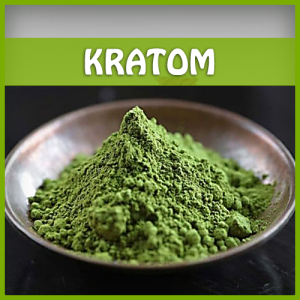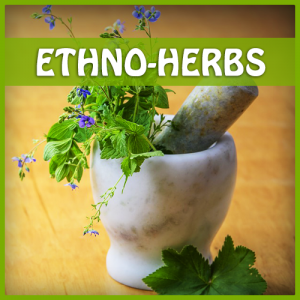Updates
The Enigmatic Mandrake Root: A Look at Its History, Uses, and Folklore
Introduction
Mandrake root, known scientifically as Mandragora officinarum, is a plant with a long and fascinating history in medicine, folklore, and mythology. It has been associated with various legends, beliefs, and superstitions throughout history and has been used in traditional medicine for its supposed healing properties. In this article, we will take a closer look at the mandrake root, its history, uses, and folklore, and separate fact from fiction.
The History of Mandrake Root
Mandrake root has a rich and complex history that dates back to ancient times. The ancient Greeks and Romans believed that the mandrake root was a powerful aphrodisiac and used it to treat a range of ailments, including infertility, insomnia, and pain relief. In medieval Europe, mandrake root was believed to have magical powers and was used in love potions and other spells.
One of the most famous legends surrounding the mandrake root is that it emits a deadly scream when pulled from the ground, and that anyone who hears the scream will die. To avoid this, people would tie a string around the mandrake root and attach the other end to a dog, which would be urged to pull the root from the ground. The dog’s death from the scream was believed to be a sacrifice that would appease the gods and allow the root’s magical powers to be safely harnessed.
The Uses of Mandrake Root
Mandrake root has been used for a variety of medicinal purposes throughout history. It contains several alkaloids, including atropine and scopolamine, which have analgesic and antispasmodic properties. As such, mandrake root was used as an anesthetic during surgical procedures in ancient times. It was also used as a sedative and to treat conditions such as asthma, epilepsy, and Parkinson’s disease.
In traditional Chinese medicine, mandrake root was used to treat digestive problems, respiratory infections, and skin conditions. In India, mandrake root was used to treat fever and pain, while in the Middle East, it was used as a general tonic to improve overall health and wellbeing.
Mandrake root has also been used in various religious and spiritual practices. In Wicca and other pagan traditions, mandrake root is believed to have magical properties and is used in spells and rituals related to fertility, love, and protection. In Christianity, the mandrake root has been associated with the story of Rachel in the Bible. In the Book of Genesis, Rachel is said to have used mandrake root to conceive a child, and the plant has since been associated with fertility and childbirth in Christian tradition.
The Folklore of Mandrake Root
Mandrake root has been the subject of many myths and legends throughout history. In addition to the legend of the deadly scream, another common belief was that the root had the power to bring good luck and fortune to those who possessed it. It was also believed to have the power to ward off evil spirits and protect against curses and hexes.
In medieval Europe, it was believed that the mandrake root was a symbol of the devil, and that anyone who possessed it was in league with dark forces. This belief led to the persecution of many innocent people, particularly women, who were accused of witchcraft and sorcery.
Conclusion
Mandrake root is a plant with a long and fascinating history that spans centuries and cultures. While many of the beliefs and superstitions surrounding the plant are based on myths and legends, there is some scientific evidence to suggest that it may have medicinal properties. As with any plant-based medicine, however, it is important to exercise caution and consult a healthcare professional before using mandrake root for any medical purpose.
Despite its reputation as a dangerous and mysterious plant, the mandrake root continues to captivate the imaginations of people around the world. Its history, uses, and folklore are a testament to the enduring power of plants in human culture and the importance of understanding the role they have played in our lives.
In conclusion, the mandrake root is a fascinating plant with a rich and complex history that spans centuries and cultures. While many of the beliefs and superstitions surrounding the plant are based on myths and legends, there is some scientific evidence to suggest that it may have medicinal properties. However, due to its potentially toxic effects, it should only be used under the guidance of a healthcare professional. The mandrake root is a reminder of the enduring power of plants in human culture and the importance of understanding their role in our lives.

























